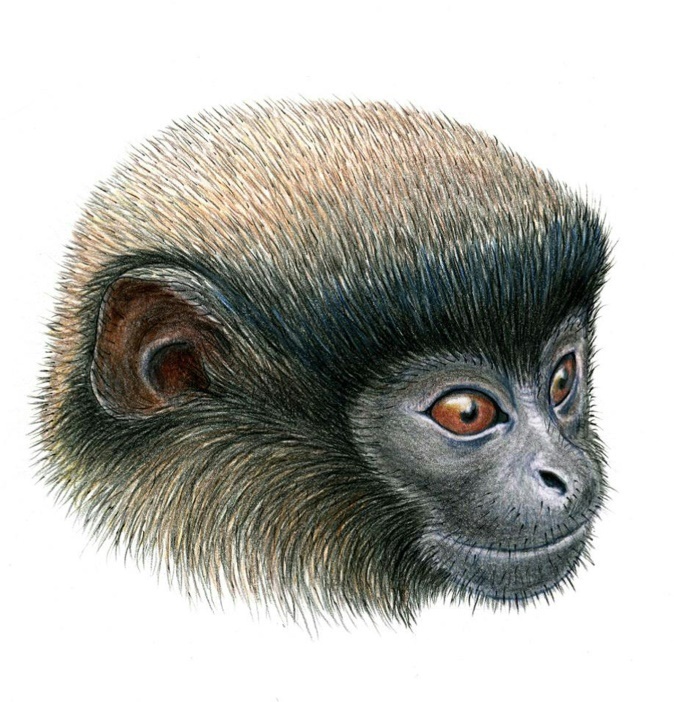It’s a titi! New monkey species found in Peru
For nearly a century, the carcass of a small, reddish-brown monkey from South America gathered dust in a windowless backroom of the American Natural History Museum in New York City. Like a morgue corpse in a drawer with the wrong toe tag, it was a victim of mistaken identity. No one realised during all those years that it was, in fact, a specimen of an unknown species. That taxonomical injustice will be rectified at the end of this month when the newly-minted Latin name of the overlooked monkey - rediscovered in 2013 during a jungle expedition through central Peru mounted by a Dutch primatologist - is officially published in a peer-reviewed scientific journal. Then and only then, according to the rules of the International Commission on Zoological Nomenclature, will Callicebus urubambensis, named for the river along which it lives, finally exist in the annals of biology.
When I saw the specimen at the museum in New York in 2008, I began to have doubts. It didn’t quite look like what I expected.
Jan Vermeer, primate specialist
Excluding prosimians (those tiny tree huggers with freakily human-like fingers and saucers for eyes), only 21 new species have been identified since 2000, according to the International Union for the Conservation of Nature (IUCN), whose Primate Specialist Group is the ultimate authority on these questions. "Several of those are titis,“ said Jan Vermeer, a member of that group and the man whose five-year quest brought C. urubambensis out from the forest canopy shadows. The name titi is informally applied to 30-odd types of monkeys falling under the genus Callicebus, all of them indigenous to the South American jungle. Smaller than a domestic cat, titis mainly eat fruit, mate for life, and are known to adopt the infants of other couples when survival is at stake.

titi monkey Science